info@chinaadventure.org
86-18008011324
Search
Beijing Opera also known as Peking Opera or Jing Opera, is the most influential opera in China, distributed in Beijing as the center, throughout the whole country. Peking Opera had its heyday in the 1930s when there were more than 10 theaters in Beijing alone, most of which scattered in the Qianmen area. In the 1920s and 1930s, Peking Opera was a fashionable and important entertainment. Compared with other forms of entertainment, it held absolute dominance.
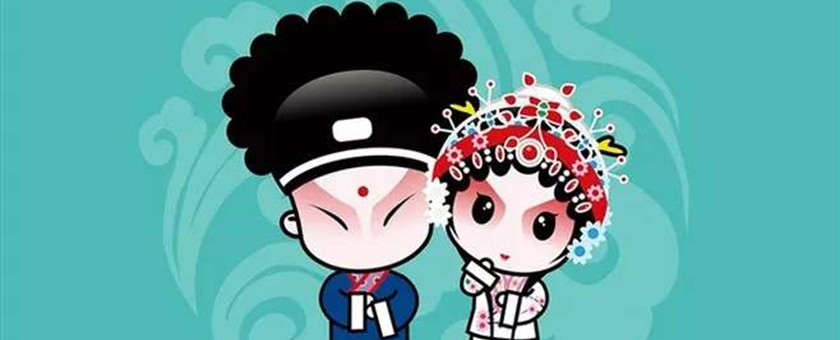
What is Beijing Opera?
Beijing Opera is a form of traditional Chinese opera that combines music, vocal music, pantomime, dance and acrobatics. Most of these plays are based on historical novels or traditional stories of civil, political and military struggles.
In Chinese opera, there are many varieties, such as dialects. The main performing groups are Beijing and Tianjin to the north and Shanghai to the south.
At this stage, the movement of the body is symbolic. Beijing Opera stages are rare, with actors in elaborate, colorful costumes the only focal point.
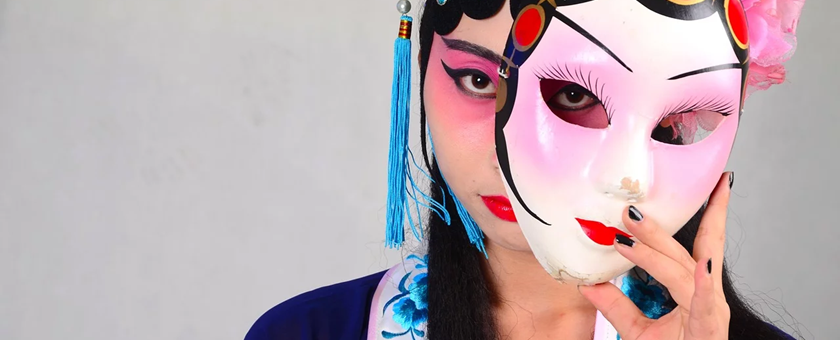
History of Peking Opera
The history of Peking Opera generally goes back to about 1790, when four Anhui troupes came to Beijing. Peking Opera was first performed privately in the Qing Dynasty and later in public. In 1828, a group of Hubei troupes were sent to Beijing and succeeded. The two styles blend and incorporate traditional elements from other places, such as Bangzi Opera, Qinqiang Opera, and the most popular Kunqu Opera from the former imperial court.
This fusion of musical styles led to Beijing Opera today. The two main melodies of Peking Opera, Xipi and Erhuang, come from Anhui and Hubei traditions respectively.
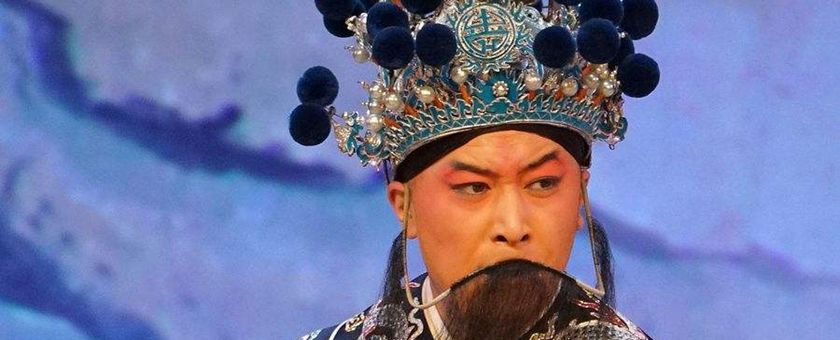
Development of Peking Opera
Beijing Opera is a unique art form in Beijing, with a history of nearly 200 years. Based on Hui Opera and Han Opera, it absorbs the characteristics of other operas such as Kunqu Opera and Qinqiang Opera and develops gradually. In 1790, Hui Opera entered Beijing, and the Hui Opera troupe "San Qing" appeared there. Not long after the Sanqing troupe, other troupes came to Beijing: Si Xi, He Chun and Chun Tai troupes came to Beijing. These four teams established the Peking Opera, and were known as Hui Opera's four troupes.
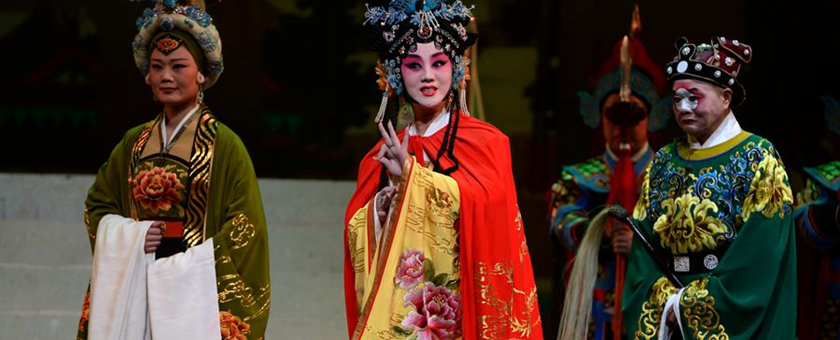
Roles in Peking Opera
Sheng:
This is a common male character's name, made up of Lao Sheng and Xiao Sheng. Lao Sheng is to point to the middle-aged man that has a beard, the manner is dignified: for instance "Empty City" in Zhugeliang. A Xiao Sheng is a young man without a beard. Zhang Sheng in the story of western chamber is the representative of Xiao Sheng.
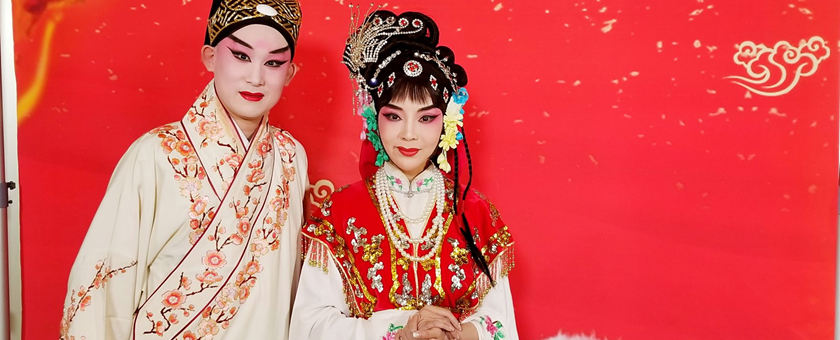
Dan:
The general name of female characters can be divided into Zheng Dan, Huan Dan, Lao Dan, Wu Dan. Zheng Dan, also known as "Qing Yi", mainly plays an elegant and strong-willed middle-aged woman. Hua Dan refers to a girl living at the bottom of the society. "Lao Dan" refers to older women, and "Wu Dan" refers to women who are good at fighting.
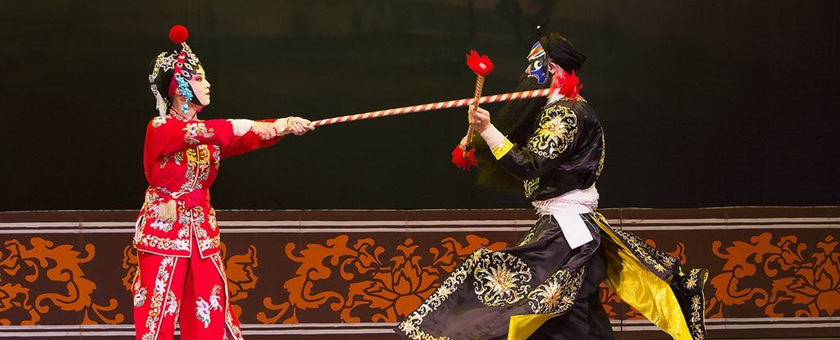
Jing:
Painted face mainly refers to male characters with unique appearance or personality, such as Bao Zheng and Cao Cao. Furthermore, Chou is a comic character or an evil character or a man of integrity. An actor's nose is painted with a piece of white powder to make it easy for him or her to recognize.
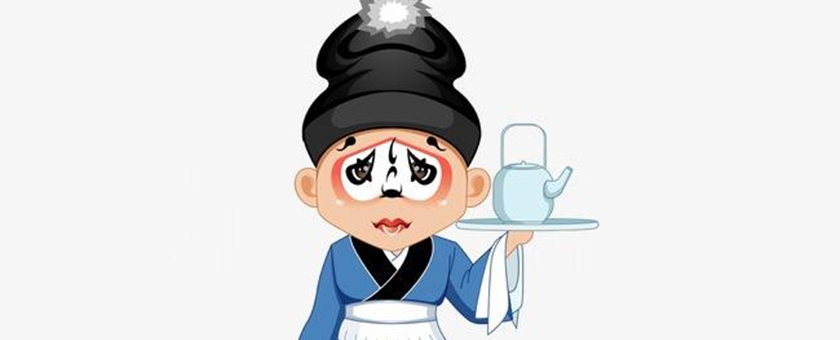
Facial Make-Up
Elaborate and ornate masks and costumes are two distinctive features of Beijing Opera. The audience can tell what kind of character the characters are by the colors and patterns.
Generally speaking, red has a positive meaning, symbolizing a brave, mature, upright and wise person. Another positive color is purple. The black face usually has a neutral representing a just man and integrity. Blue and green also have neutral meanings, symbolizing a hero in the bush or some kind of rebel leader. At the same time, the yellow and white color represent the crafty person, who has the treacherous heart. Performers use gold or silver facial makeup to represent monsters or gods and supernatural forces. Good people are usually painted in relatively simple colors, while hostile and suspicious characters such as robbers, rebels, etc., are marked with complex markings.
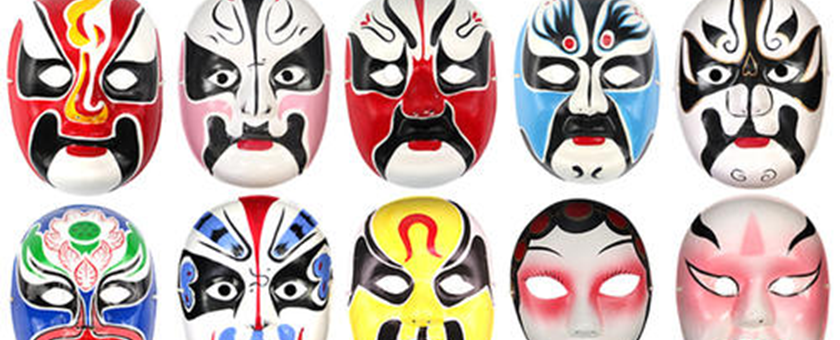
Beijing Opera Costumes:
The costumes were mainly based on the costumes of the Ming court and the people, and often used deep red, green, yellow, white, black and blue. The clothing is beautiful, magnificent, elegant and bright. These garments are of high value because of the use of traditional Chinese patterns. Beijing Opera costumes display the beauty of traditional Chinese embroidery: the surface is embroidered with gold or silver thread, wool is embroidered with silk or gold thread, among many others. Every piece of clothing is a masterpiece of art and craft. A well-designed and patterned garment can take months or even years of crafting, and the best garments are truly priceless.

The Most Famous Actor -- Mei Lan Fang:
Mei Lan Fang is the most popular Peking Opera singer and has performed in Japan, Europe and the United States. Building friendship with western artists and displaying the harmony and beauty of Chinese performances played an important role in eliminating the prejudice between China and the west at that time. With his voice, movement and style, he plays the female role perfectly. He is also one of the "Four Famous Dan" in the history of Peking Opera, along with Shang Xiao Yun, Cheng Yan Qiu, and Xun Hui Sheng. It's a good idea to visit the house of Mr. Mei Lan Fang (1894-1961). Opening hours: 9am to 12am, 1pm to 4pm daily (except Mondays).
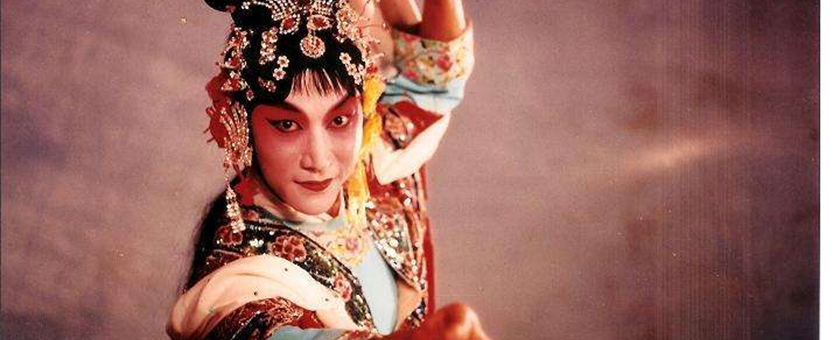
we’ll reply you in 24 hours!
Copyright © 2012-2024 All Rights Reserved to chinaadventure.org